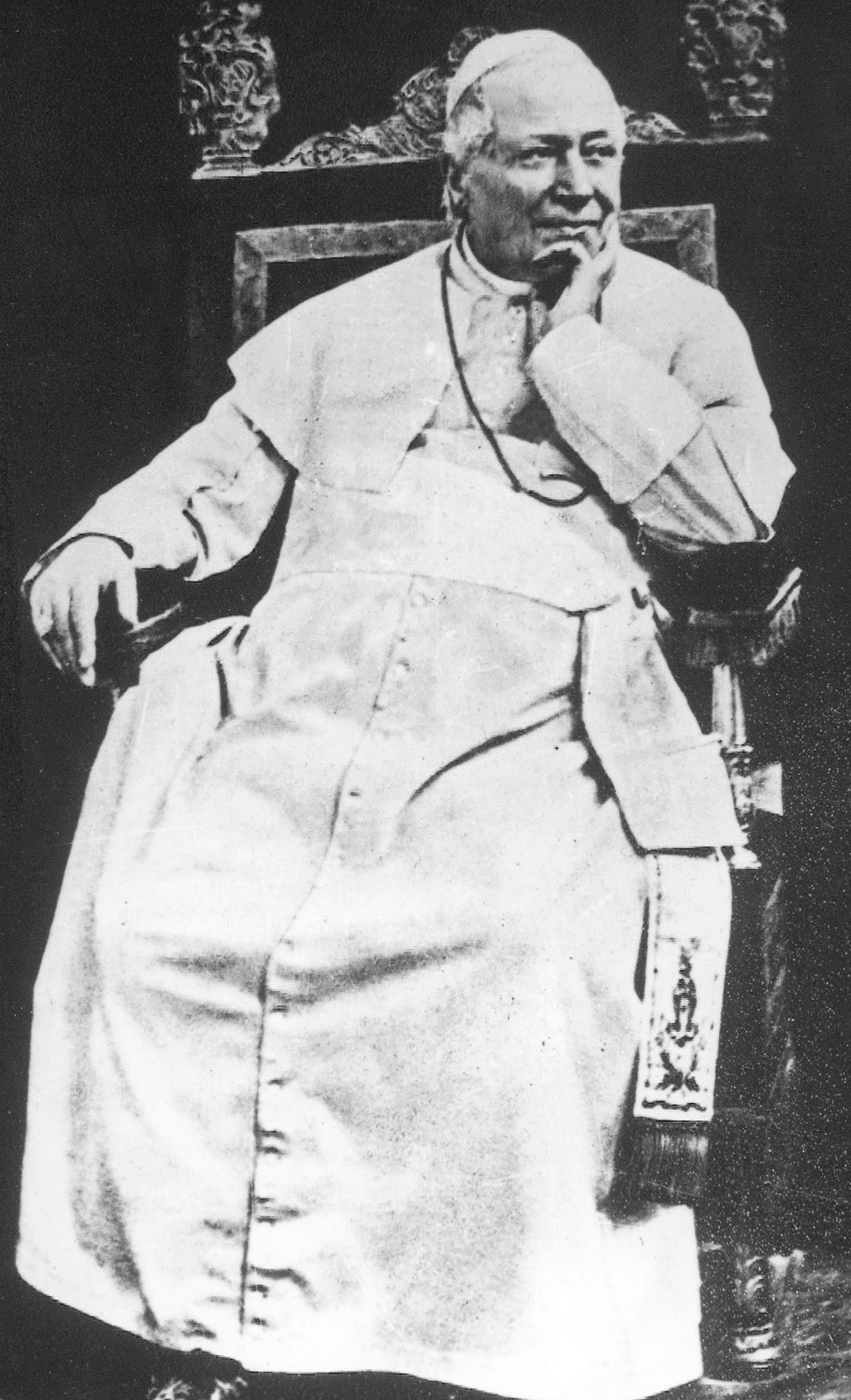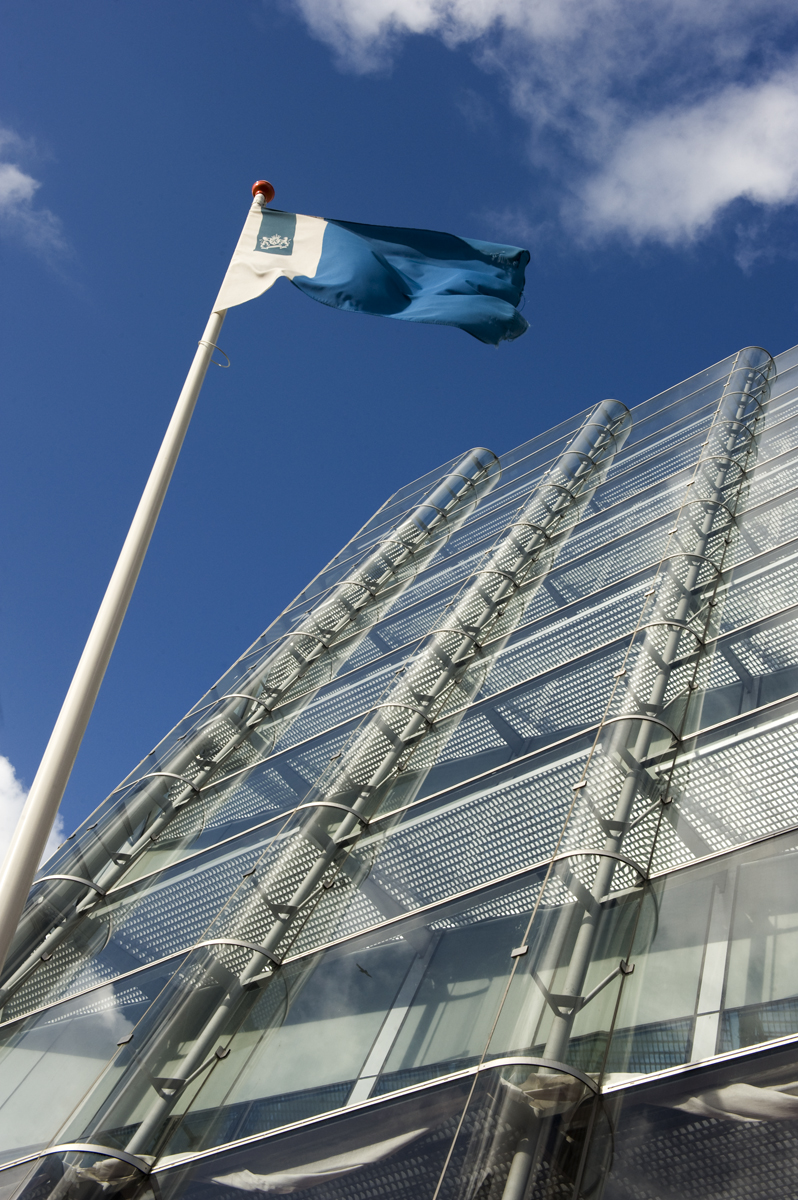|
Ulingsheide Abbey
Ulingsheide Abbey was a Trappist monastery in Tegelen, Venlo, the Netherlands, very close to the Dutch border with Germany. It was founded in 1884 as a daughter house of Westmalle Abbey in Belgium, to receive German novices in the wake of the ''Kulturkampf''. The community was merged to that of Lilbosch Abbey in 2002, the house becoming an annex of Lilbosch. As of summer 2020 negotiations were ongoing for the sale of the property to developers. The monastery was built in the years 1888–1892 to designs by Caspar Franssen (a pupil of Pierre Cuypers Petrus Josephus Hubertus "Pierre" Cuypers (16 May 1827 – 3 March 1921) was a Dutch architect. His name is most frequently associated with the Amsterdam Central Station (1881–1889) and the Rijksmuseum (1876–1885), both in Amsterdam. M ...). In 1926 a chapel was added, designed by Frans Stoks in a Traditionalist style influenced by Expressionism and Art Deco. The chapel's interior was restyled in 1980. References {{Coord ... [...More Info...] [...Related Items...] OR: [Wikipedia] [Google] [Baidu] |
Trappist
The Trappists, officially known as the Order of Cistercians of the Strict Observance ( la, Ordo Cisterciensis Strictioris Observantiae, abbreviated as OCSO) and originally named the Order of Reformed Cistercians of Our Lady of La Trappe, are a Catholic religious order of cloistered monastics that branched off from the Cistercians. They follow the Rule of Saint Benedict and have communities of both monks and nuns that are known as Trappists and Trappistines, respectively. They are named after La Trappe Abbey, the monastery from which the movement and religious order originated. The movement first began with the reforms that Abbot Armand Jean le Bouthillier de Rancé introduced in 1664, later leading to the creation of Trappist congregations, and eventually the formal constitution as a separate religious order in 1892. History The order takes its name from La Trappe Abbey or ''La Grande Trappe'', located in the French province of Normandy, where the reform movement began. Arma ... [...More Info...] [...Related Items...] OR: [Wikipedia] [Google] [Baidu] |
Monastery
A monastery is a building or complex of buildings comprising the domestic quarters and workplaces of monastics, monks or nuns, whether living in communities or alone (hermits). A monastery generally includes a place reserved for prayer which may be a chapel, church, or temple, and may also serve as an oratory, or in the case of communities anything from a single building housing only one senior and two or three junior monks or nuns, to vast complexes and estates housing tens or hundreds. A monastery complex typically comprises a number of buildings which include a church, dormitory, cloister, refectory, library, balneary and infirmary, and outlying granges. Depending on the location, the monastic order and the occupation of its inhabitants, the complex may also include a wide range of buildings that facilitate self-sufficiency and service to the community. These may include a hospice, a school, and a range of agricultural and manufacturing buildings such as a barn, a fo ... [...More Info...] [...Related Items...] OR: [Wikipedia] [Google] [Baidu] |
Tegelen
Tegelen ( li, Tegele) is a village in the municipality of Venlo, situated in the Netherlands. It was an independent municipality until 2001, when it was merged into the municipality of Venlo. Tiglian The name of the glacial stage of Tiglian (part of the Pleistocene) is derived from Tegelen because of the many fossils found there from this era in the local clay. History During excavations in Tegelen Roman pottery and tile ovens were found. The Sint-Martinus church is mentioned in diocesan and monasterial archives dating back to the year 800. Because of its strategic location, various castles and reinforced farms were soon established. The most important of these were the and the . During the Middle Ages, there were several battles in and around Tegelen, because of its proximity to the walled city of Venlo. Over time, a barracks was established in Venlo, and a fortification in neighbouring Blerick. As a result, from the 16th century until the 18th century Tegelen was regularl ... [...More Info...] [...Related Items...] OR: [Wikipedia] [Google] [Baidu] |
Venlo
Venlo () is a List of cities in the Netherlands by province, city and List of municipalities of the Netherlands, municipality in the southeastern Netherlands, close to the border with Germany. It is situated in the province of Limburg (Netherlands), Limburg, about 50 km east of the city of Eindhoven, 65 km north east of the provincial capital Maastricht, and 45 km north west of Düsseldorf in Germany. The municipality of Venlo counted 101,578 inhabitants as of January 2019.Statistics Netherlands (CBS), Retrieved on 6 March 2019. History Early history Roman and Celtic coins have been found in Venlo; it was speculated to have been the settlement known as ''Sablones'' on the Roman road connecting Maastricht with Xanten, but the little evidence there is concerning the location of Sablones speaks against this thought while there is no evidence in support of it. Blerick, on the west bank, was known as ''Blariacum''. Documents from the 9th century mention Venlo as a trade post; it ... [...More Info...] [...Related Items...] OR: [Wikipedia] [Google] [Baidu] |
Westmalle Abbey
Westmalle Abbey, otherwise the Trappist Abbey of Westmalle ( nl, Abdij van Onze-Lieve-Vrouw van het Heilig Hart or the "Abbey of Our Lady of the Sacred Heart"), is a monastery of the Cistercians of Strict Observance in Westmalle in the Belgian province of Antwerp. The community was founded in 1794 and elevated to an abbey on 22 April 1836. It is the home of the Westmalle Brewery, a Trappist beer brewery. History 18th Century Twice in the 18th and 19th century the Cistercians (just like most other monastic orders) had been prohibited. In 1791 in the aftermath of the French Revolution, Augustinus de Lestrange Dubosc (1754–1827), the novice master of La Trappe Abbey ( Soligny-la-Trappe) left France and went to Switzerland. He settled in the empty Carthusian monastery Val-Sainte (E: Sacred Valley) near Fribourg. As the senate of Fribourg put a numerus clausus of 21 monks and the refugees from France kept flowing in, Lestrange decided to send monks abroad to create new settleme ... [...More Info...] [...Related Items...] OR: [Wikipedia] [Google] [Baidu] |
Kulturkampf
(, 'culture struggle') was the conflict that took place from 1872 to 1878 between the Catholic Church led by Pope Pius IX and the government of Prussia led by Otto von Bismarck. The main issues were clerical control of education and ecclesiastical appointments. A unique feature of , compared to other struggles between the state and the Catholic Church in other countries, was Prussia's anti-Polish component. By extension the term is sometimes used to describe any conflict between secular and religious authorities or deeply opposing values, beliefs between sizable factions within a nation, community, or other group. Background Europe and the Catholic Church Under the influence of new emerging philosophies and ideologies, such as the enlightenment, realism, positivism, materialism, nationalism, secularism, and liberalism, the role of religion in society and the relationship between society and established churches underwent profound changes in the 18th and 19th centuries. P ... [...More Info...] [...Related Items...] OR: [Wikipedia] [Google] [Baidu] |
Lilbosch Abbey
Lilbosch Abbey ( nl, Abdij Lilbosch) is a monastery of the Trappists ( Cistercians of the Strict Observance) founded in 1883 and located in Lilboscherveld in Pepinusbrug, Echt, Limburg, in the Netherlands. The abbey is largely self-sufficient thanks to its own farm, which has an area of 110 hectares and supports not only the cultivation of crops but also free-range pig-keeping, calf-rearing and bee-keeping. The farming techniques are organic, as far as possible. Apart from the farmland the abbey has another 30 hectares or so of natural uncultivated land. History Lilbosch Abbey was founded from Achel Abbey which at the time was receiving many applicants for admission. The third abbot of Achel, Dom Bernardus Maria van der Seyp, therefore looked for a new location for expansion. The choice fell on an area of marshy ground in the district of Echt. The founding group arrived in 1883. The new foundation flourished, and in 1912 Lilbosch was elevated to the status of an abbey. Lilbosch ... [...More Info...] [...Related Items...] OR: [Wikipedia] [Google] [Baidu] |
Caspar Franssen
Caspar is a masculine given name. It may refer to: People * Caspar (magus), a name traditionally given to one of the Three Magi in the Bible who brought the baby Jesus gifts * Caspar Austa (born 1982), Estonian cyclist * Caspar Badrutt (1848–1904), Swiss businessman and pioneer of alpine resorts *Caspar Barlaeus (1584–1648), Dutch polymath, Renaissance humanist, theologian, poet and historian * Caspar Bartholin the Elder (1585–1629), Danish theologian and medical professor *Caspar Bartholin the Younger (1655–1738), Danish anatomist *Caspar Buberl (1834–1899), American sculptor *Caspar del Bufalo (1786–1837), Italian priest and saint *Caspar Commelijn (1668–1731), Dutch botanist *Caspar de Crayer (1582–1669), Flemish painter * Caspar Cruciger the Younger (1525–1597), German theologian, son of Caspar Creuziger *Caspar Creuziger or Caspar Cruciger the Elder (1504–1548), German humanist, professor of theology and preacher *Caspar Einem (born 1948), Austrian politicia ... [...More Info...] [...Related Items...] OR: [Wikipedia] [Google] [Baidu] |
Pierre Cuypers
Petrus Josephus Hubertus "Pierre" Cuypers (16 May 1827 – 3 March 1921) was a Dutch architect. His name is most frequently associated with the Amsterdam Central Station (1881–1889) and the Rijksmuseum (1876–1885), both in Amsterdam. More representative for his oeuvre, however, are numerous churches, of which he designed more than 100. Moreover, he restored many monuments. Biography Cuypers was born in Roermond, the son of a church painter, and grew up in surroundings in which interest for art was encouraged. After he studied at the urban college in Roermond, he moved to Antwerp in 1844 to study architecture at the Royal art academy. He was taught by Frans-Andries Durlet, Frans Stoop and Ferdinand Berckmans, all pioneers of the neo-Gothic architecture in Belgium. Cuypers was a good student; in 1849, he gained the ''Prix d'Excellence'' of the academy. After a tour in the German Rhineland, he returned to Roermond, where he was appointed a town architect in 1851. I ... [...More Info...] [...Related Items...] OR: [Wikipedia] [Google] [Baidu] |
Frans Stoks
Frans is an Afrikaans, Danish, Dutch, Finnish, Icelandic, Norwegian, and Swedish given name, sometimes as a short form of ''François''. One cognate of Frans in English is ''Francis''. Given name * Frans van Aarssens (1572–1641), Dutch diplomat and statesman * Frans Ackerman (1330–1387), Flemish statesman * Frans Adelaar (born 1960), Dutch football player and manager * Frans Alphons Maria Alting von Geusau (born 1933), Dutch legal scholar and diplomat * Frans Aerenhouts (born 1937), Belgian cyclist * Frans Ananias (born 1972), Namibian footballer * Frans Andersson (1911–1988), Danish bass-baritone * Frans Andriessen (1929–2019), Dutch politician * Frans Anneessens (1660–1719), Flemish protest leader * Frans van Anraat (born 1942), Dutch businessman and convicted war criminal * Frans Badens (fl. 1571–1618), Flemish painter * Frans Bak (born 1958), Danish composer, choral conductor, saxophonist, and pianist * Frans Decker (1684–1751), 18th-century painter from the ... [...More Info...] [...Related Items...] OR: [Wikipedia] [Google] [Baidu] |
Rijksdienst Voor Het Cultureel Erfgoed
Rijksdienst voor het Cultureel Erfgoed (RCE, Cultural Heritage Agency of the Netherlands) often abbreviated as Cultureel Erfgoed, is a Dutch heritage organisation working for the protection and conservation of National Heritage Sites. It is located in Amersfoort, province of Utrecht. Responsibilities Cultureel Erfgoed is a department of the Dutch Ministry of Education, Culture and Science. Their responsibilities include managing the official list of Rijksmonumenten known as the ''Monumentenregister'', (the storage and restoration of) the National art collection of the Netherlands, the National Archaeological Ship storage and fleet, and ''Archis'', the central archaeological information system. They also subsidize grants in the fields of both movable and immovable cultural heritage. The RCE carries out the Dutch law known as the "Monumentenwet 1988" (English: ''Cultural property law''), and wherever registered cultural heritage is threatened, the department takes action, whether b ... [...More Info...] [...Related Items...] OR: [Wikipedia] [Google] [Baidu] |






